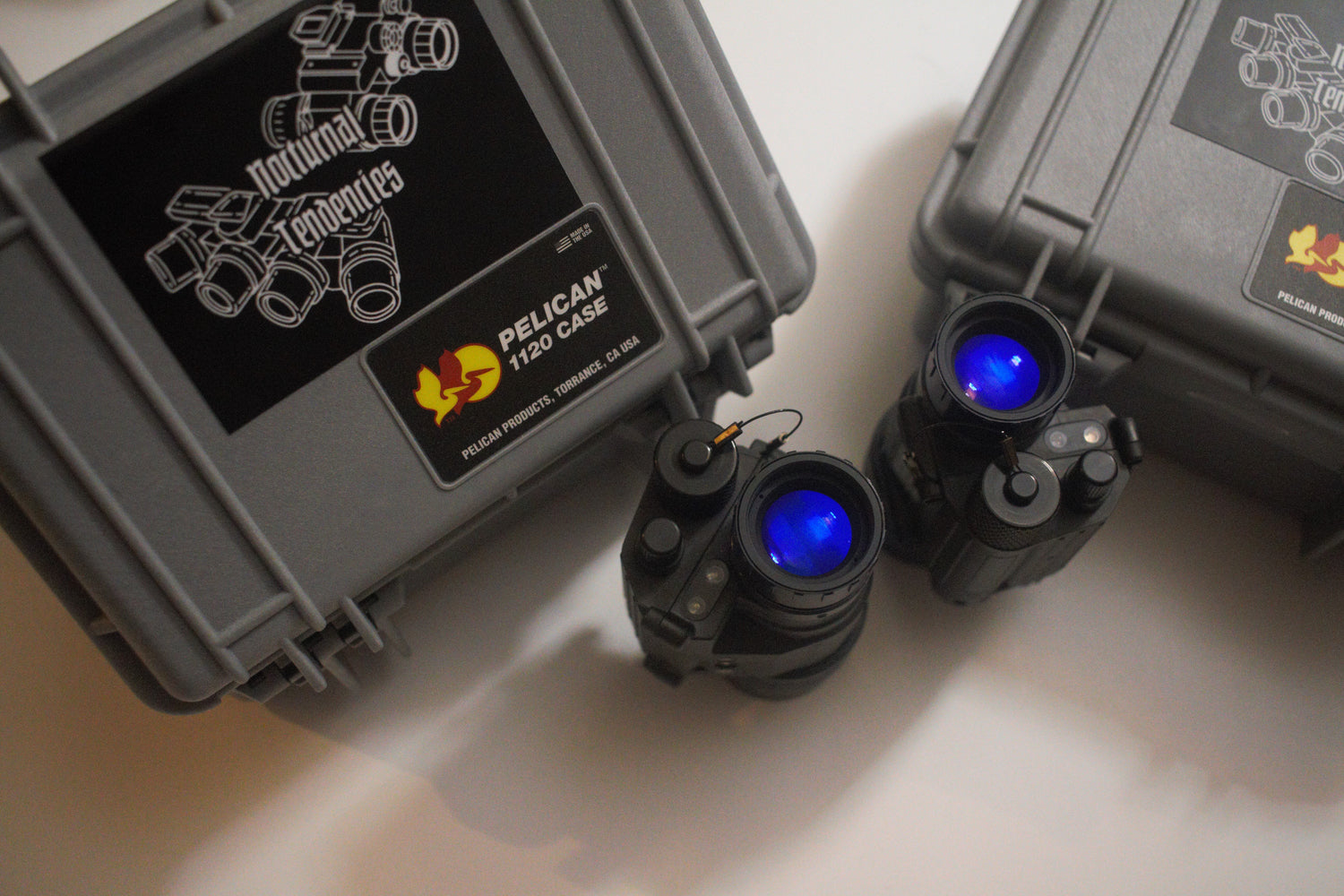
Due to complications with the business, Nocturnal Tendencies is closing its proverbial doors. I wish I could have stayed in the space a bit longer, but life and a litany of other small issues have forced me to focus more on things outside of this workspace. There are still plenty of amazing companies out there that have a great foothold in the space that can take care of your night vision needs, so do not fret if I was the small business you wanted to support.
While the shop is closing, I still want to be able to handle any issues with warranty as I can, so if you purchased a mount or other accessories from me, and have ran into a problem, please reach out to me at Christian@nocturnaltendenciesllc.com. This page will (hopefully) eventually move to a standalone page after my Shopify subscription ends, if all things go smoothly.
Thank you all for the wonderful experience and all of the amazing support. I hope to still be around the night vision groups and share knowledge where I can.
Christian Crank, Nocturnal Tendencies
